 The day the sky cracked in half.  
There's been increased talk over the last few years about the weaponization of space, however that bridge was crossed a long, long time ago by the U.S. and Soviet Union, with the U.S. getting the ball rolling in 1958 with a series of tests secretly conducted over the South Atlantic Ocean. The above photos, which were made from Honolulu, Hawaii, and the one below made from a surveillance aircraft, and show the U.S. nuclear test known as Starfish Prime. It was one of five explosions comprising Operation Fishbowl, which itself was folded within the encompassing set of tests known as Operation Dominic. The detonation took place in space at an altitude of about 250 miles, and was launched from the North Pacific Ocean's Johnston Atoll atop a Thor ballistic missile. That was today in 1962.
 Touch a hot Stover and you'll get burned. 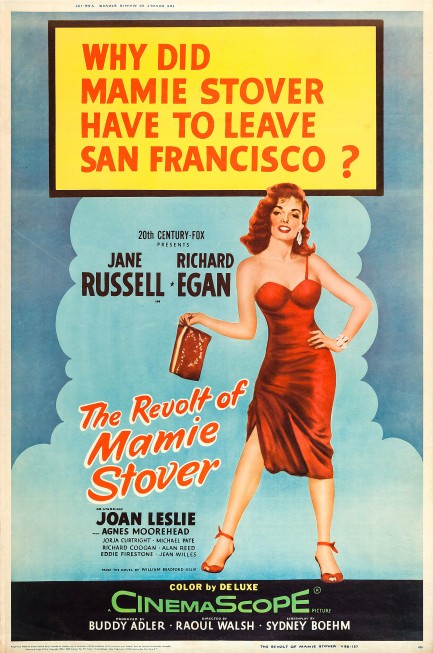
Above is a promo poster made for the Jane Russell drama The Revolt of Mamie Stover, which premiered in Honolulu today in 1956, and was sourced from William Bradford Huie's novel, a book we discussed at length some months back. The movie was directed by Raoul Walsh of Casablanca fame. He's properly credited on the above art, but for some reason on the second poster, which you'll find below, his name appears as Walsh Raoul. It's a weird mistake to get past so many studio eyes, but things like that happen, we guess. The U.S. art is uncredited, but the third poster, also below, was made for the film's British release and that was painted by Jock Hinchcliffe. He wasn't a noted stylist whose work is especially sought after today, but he did paint numerous posters, and he signed the piece below. Anyone who did that gets singled out here, because so few artists were credited by the studios.
Regarding the movie, needless to say, the challenging themes of Huie's novel were turned on their head by Hollywood. Mamie is no longer a racist toward Hawaiian islanders—in fact, the one islander character who gets to speak is bigoted against her. And she's no longer a prostitute but a hostess who induces men who frequent Honolulu's Bungalow Club to buy more booze and pay extra for private time. That private time takes place in a rattan decorated sideroom, but there's no bed evident. Instead there's a table and two chairs, so apparently men pay just to chat with Mamie, and the other women at the club. There's a sexual implication, but of the barest sort, because obviously Twentieth Century Fox could not have made a movie about Jane Russell prostituting herself 51,840 times—the exact number given in the book.
The Revolt of Mamie Stover is another example of suppressed sexual themes during the mid-century era, which is a big reason why we extend our purview at Pulp Intl. into erotic films and imagery—because in our era the previously unshown can be shown and openly examined. We've discussed this before. If you watch the movie, it's interesting to ponder the presumed maturity of book readers, who were asked point blank to consider a prolific prostitute the protagonist of the story, as opposed to cinemagoers, who were never presented with the possibility. In any case, the screen version of Stover, while not a sex worker, is at least a very knowing character, and Russell certainly has the sneer needed to pull off portraying a romantically cynical money worshipper determined to reach the top tax bracket no matter what it costs—her or others.
We figure anyone who has what it takes to get rich for simply, er, chatting with men deserves wealth, and indeed Mamie gets her money. That's not a spoiler, because it's never in doubt. It's part of the revolt—her resistance against forced membership in the underclass. The question is whether she can retain her newly gained higher status, and whether she can preserve the love she's stumbled upon along the way, because in American cinema moneyseeking characters must choose between their fortunes and their souls. That choice is supposed to supply the drama, but we think the movie is more interesting for its proto-feminist feel and class discussion. It's pretty good on all fronts, though, except that co-star Richard Egan is a bit of an empty shell. But he doesn't ruin it. How can he? He has Russell to carry him the entire ninety-three minutes.
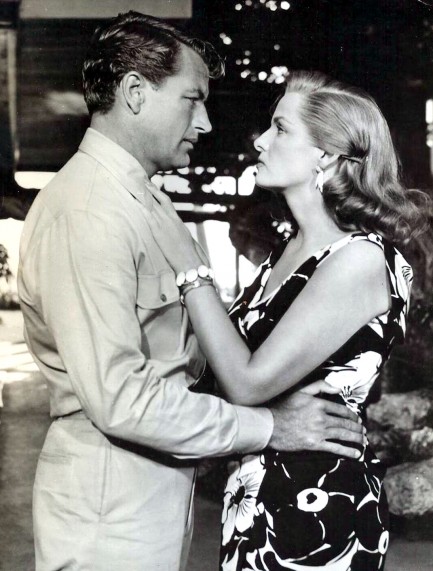  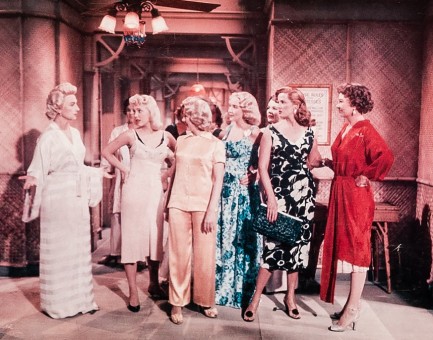   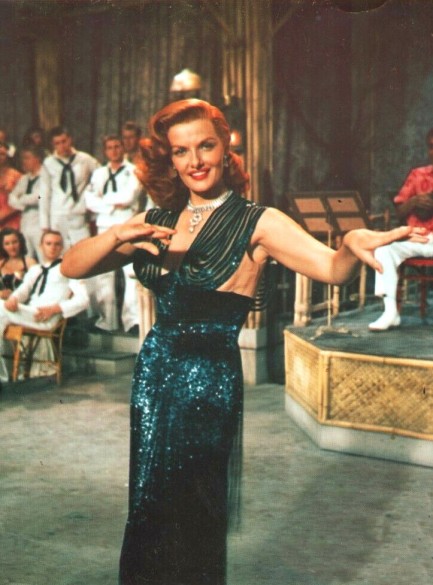 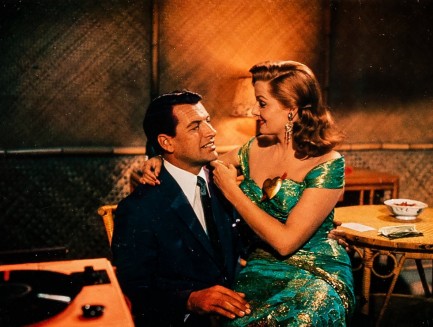  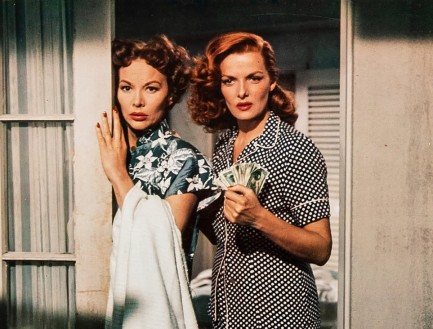    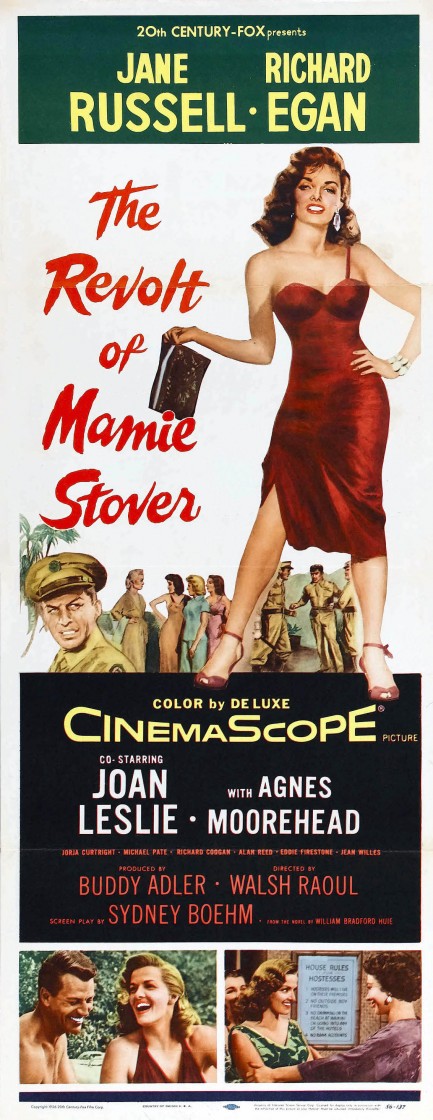 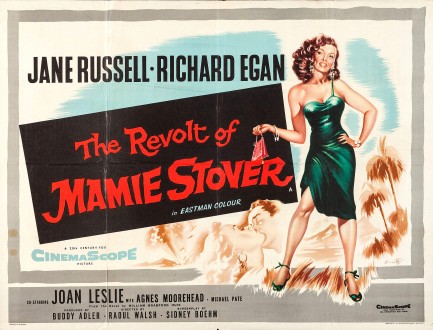 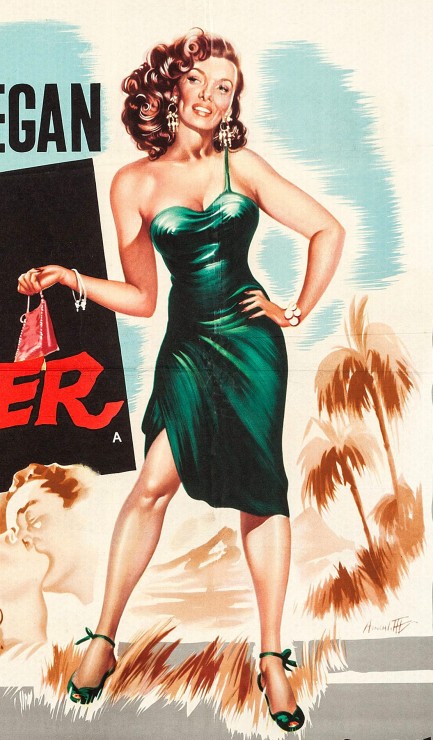
 She used the oldest game to become the newest player. 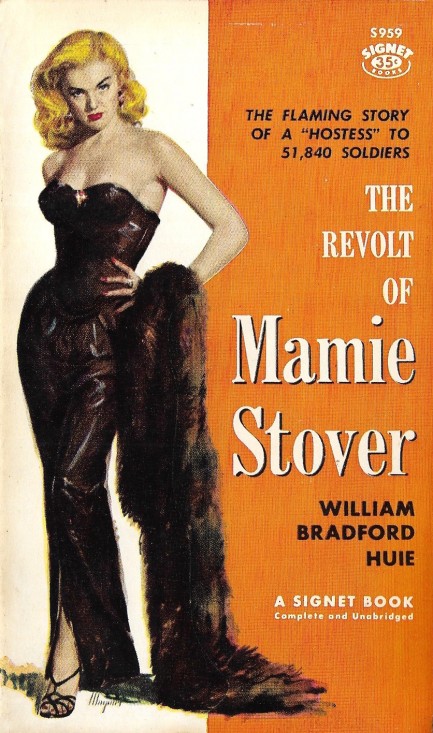
Once again art makes the sale, as we bought this copy of The Revolt of Mamie Stover thanks to its Robert Maguire cover. The blonde femme fatale is of course the Mamie of the title, an aspiring actress run out of Hollywood upon threat of death and booked onto a freighter headed for Honolulu, there to descend into the oldest profession and become a famed wartime prostitute known as Flaming Mamie. The story details her efforts to earn a mint, procure for herself a piece of Honolulu, and buy her way to respectability against terrific opposition from Oahu's Anglo bluebloods.
But there was something about the book that we couldn't put a finger on at first. If we'd read it in 1951 when it was originally published, it might have been clearer, we figured, but as it stood we weren't sure what underlying point Huie was trying to make until halfway through, when—aha!—we realized The Revolt of Mamie Stover is an allegory for the liberal assault against old world American values. At least that's the conclusion we reached. Just to be sure we double-checked on the internet and—aha!—allegory, liberal assault, and so forth.
However, like certain other mid-century novelists considered to be sociologically incisive at the time, Huie was working from incomplete information. The worth, order, and ever escalating prosperity he suggests industrious white men created out of primitive chaos are ending with a whimper under the assaults of climate change, soil depletion, de-industrialization, species extinction, tax evasion, unregulated financial speculation, and cynical war. Raping nature is simply a counterproductive enterprise. The science on that is settled. Trickle down economics don't trickle. That's settled too. Those industrious men built nothing that wasn't going to collapse anyway due to the laws of physics and corrupt economics.
But as we said, Huie couldn't have known that, so within his allegory America is going to hell in a handbasket due to the aforementioned liberal democratization. Or more to the point—give everyone equal rights, and the ungrateful bastards will actually use them to change things. Mamie Stover, barred from all the nice sectors of Honolulu because of her supposedly shameful profession, revolts against and smashes the prohibitions imprisoning her in second class citizenship—and as a result opens the door for native Hawaiians to burst their confines too and ruin whites-only Waikiki Beach.
Huie presents a choice between an orderly but racially repressive society and a disorderly democratic society, but he gets the reasons for disorder wrong. Disorder derives from deprivation, not democratization. Few people get bothered over what others achieve or possess if they feel themselves to be getting a fair shake. But make them feel they've been cheated and they'll assign blame. This is really what the industrious men figured out: the underclasses normally look upward for reasons their lives aren't improving, but it can be prevented if some of them can be made to feel they've been fucked over by others of them. If a racial element can be injected too, all the better. Once discord is established, even people who know better have to join the fight, if only to defend those unfairly under attack.
But while The Revolt of Mamie Stover is built around a moribund allegory, Mamie's personal story makes it a page turning book. You root for her—though it should noted she's no true protagonist. Huie gives readers a masterclass in racism, expressed repetitively and explicitly. Hawaiians, Japanese, Chinese, and other peoples you'd see around the islands are referred to mainly by slurs—not typical anti-Asian slurs, but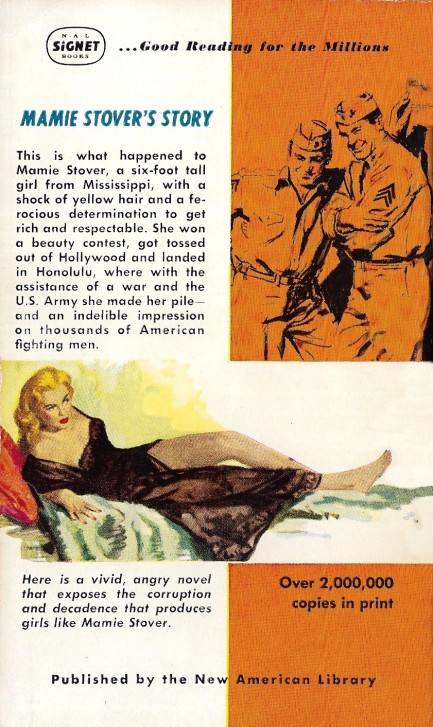 rather by that age-old slur for African Americans. Nice, right? It pops up, we'd estimate, fifty times in a short book. And Mamie is even more racist-mouthed than the rest. Once she gains access to the tony districts of town, she plans to punch down on all these undesirables. And she's going to enjoy it, she makes clear. She's prostituted herself to gain status—why should she care about anyone who wasn't willing to sacrifice as she did? rather by that age-old slur for African Americans. Nice, right? It pops up, we'd estimate, fifty times in a short book. And Mamie is even more racist-mouthed than the rest. Once she gains access to the tony districts of town, she plans to punch down on all these undesirables. And she's going to enjoy it, she makes clear. She's prostituted herself to gain status—why should she care about anyone who wasn't willing to sacrifice as she did?
A tale this ideological naturally makes you wonder what the author's personal beliefs were. Huie was complicated. While working as a journalist he involved himself in one of the most infamous racist murders of his era, and not in a good way. But he counted among his acquaintances Zora Neale Hurston and Roy Wilkins. He was probably not a bigot by 1950s standards, but in writing about class and race he was uncompromising, and his foundational assumptions about society were wrong. He could have written The Revolt of Mamie Stover with far less ugliness and it would have worked fine, but that never would have occurred to him. He saw ugly realism and reflected it. In that way he was a true writer. Before you read the book—if indeed you do—you'll have to consider that.
 Hayworth hits land and a storm soon follows. 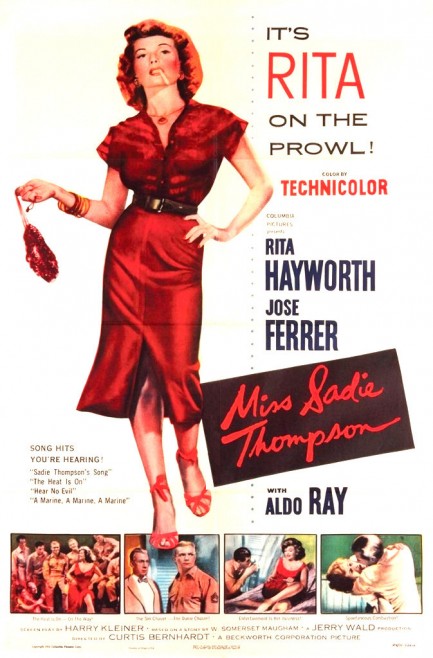
Party girl Rita Hayworth is bound for New Caledonia to start a new job, but makes a stopover on Pago Pago along the way, where her wild ways make a splash at a military garrison and nearby village. A pompous missionary who was on the same boat seems to think Hayworth was run out of Honolulu because she was a prostitute. He has no problem spreading this rumor, but is the point to punish her, save her, or bed her? In style Miss Sadie Thompson is classic Hayworth, with her fun-loving ways raising eyebrows and smiting men around the heart, but in execution the movie falls short of her best. No fault of Rita's, though. She makes the film worth watching, even if it's pretty much guaranteed to leave you going, “Huh?” when the credits roll. Maybe the real value here is the lesson the movie provides about the perils of censorship. Read the W. Somerset Maugham source material and you'll see what we mean. Miss Sadie Thompson premiered in the U.S. today in 1953.
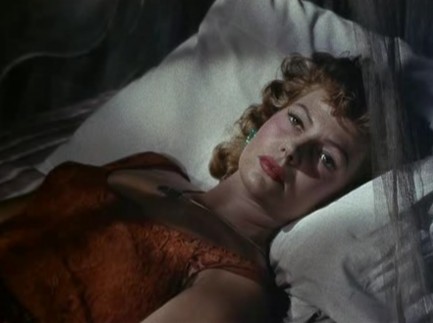 I really don't want to think about what I did in Honolulu. I really don't want to think about what I did in Honolulu.
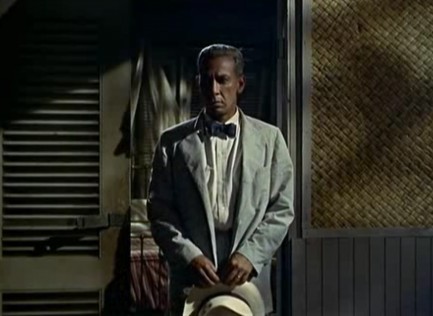 But I want to think about it. I'm thinking about it right now. That's why I'm using a hat to cover my little missionary. But I want to think about it. I'm thinking about it right now. That's why I'm using a hat to cover my little missionary.
 Sadie comes. Sadie comes.
 And Sadie goes. And Sadie goes.
 Excuse me—there’s a guy in my soup. 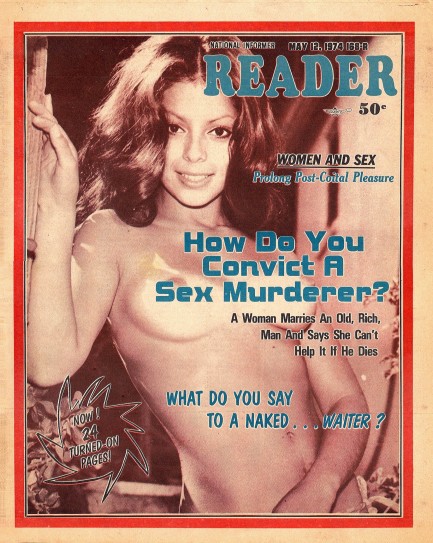
Sticking with the recent tabloid theme, above is a National Informer Weekly Reader that hit newsstands today in 1974. Inside is a rather funny story about a Honolulu restaurant called Dunes, which was allegedly staffed by nude waiters. Do we buy this tale? We didn’t at first, but we checked online and sure enough—there was such a place and owner Jack Cione did indeed feature nude waiters during lunch service. We’re for nudity of any sort, male included, but we don’t want any stray dick tips in our shrimp salad, so maybe we’d pass on the actual lunch aspect. Also in the issue editors ask, “What Ever Happened To June?” That would be British pin-up June Wilkinson, who not been seen on the showbiz circuit since starring with her husband—NFL star Dan Pastorini—in the film Weed: The Florida Connection. After Weed Wilkinson didn’t appear onscreen for eleven years. Occasionally, that’s a sign you’ve made a disastrous movie, and Weed is indeed terrifically bad. We’ll talk about it a bit later. We have eleven more scans from National Informer Weekly Reader below, including a nice shot of Italian sex symbol Nadia Cassini. 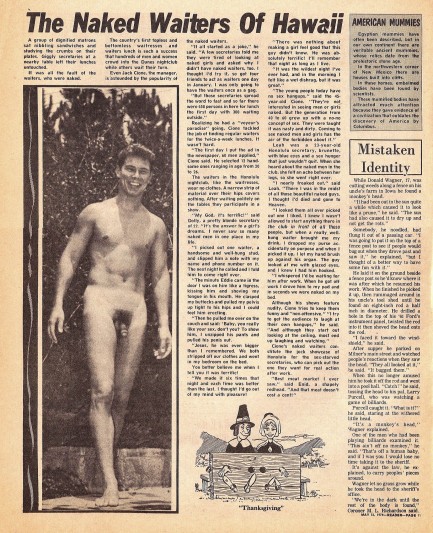   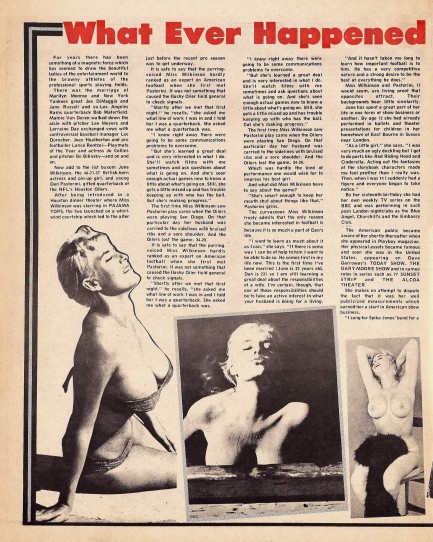 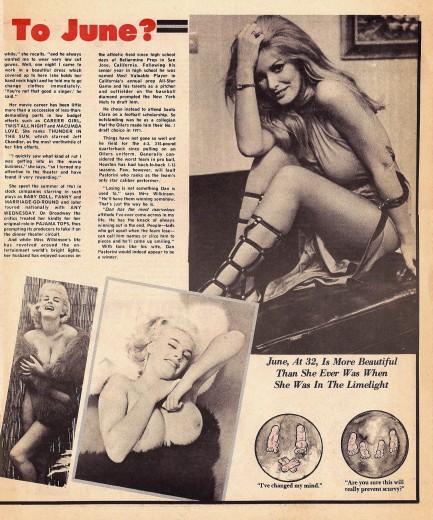 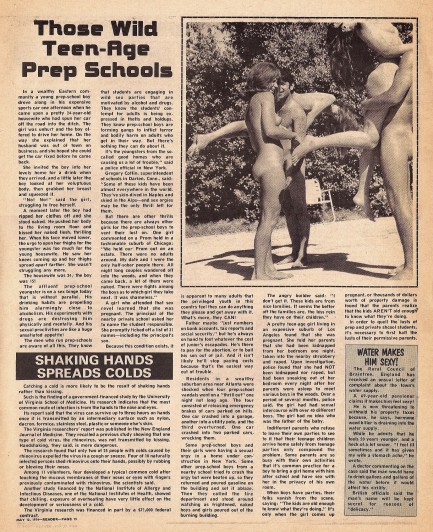  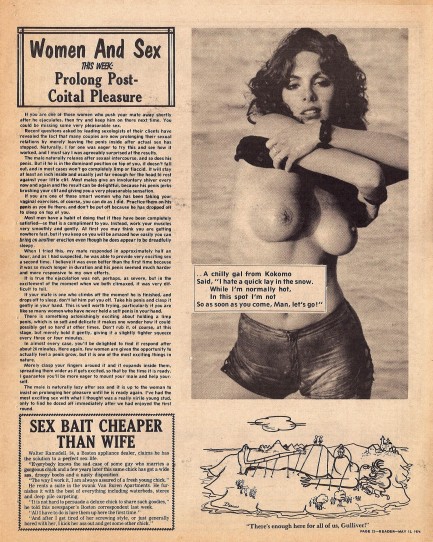  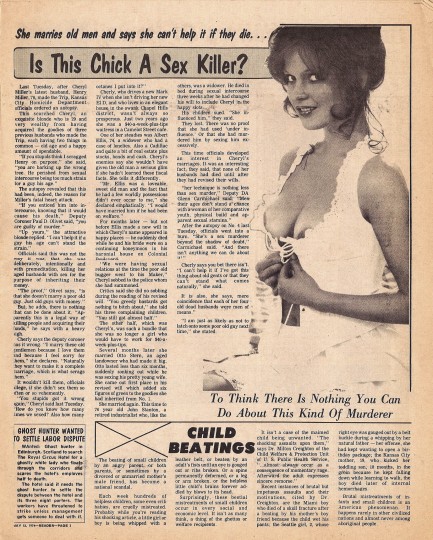 
 The lady of the harem is in. 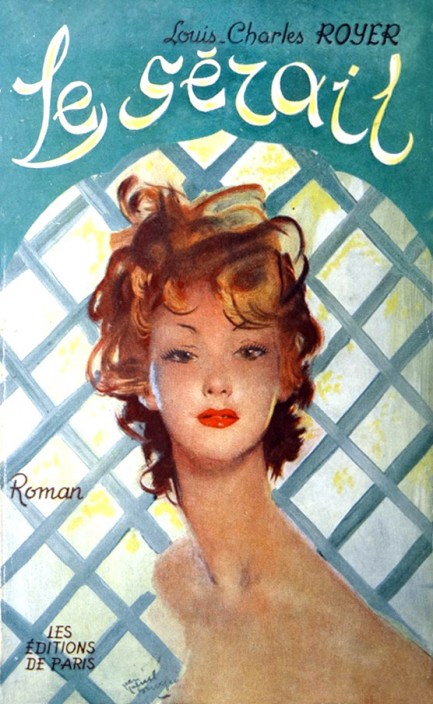
Above is a pretty cover for Louis-Charles Royer’s 1931 romance Le Sérail, aka The Harem. You may remember a reader sent in a front for this a year ago. This alternate version, which we stumbled across just yesterday, appeared in 1954, and the cover art is by the brilliant French painter and portraitist Jean-Gabriel Domergue. His work was used for several Royer covers, and though they aren’t pulp influenced, they’re so good we decided to share a few below. 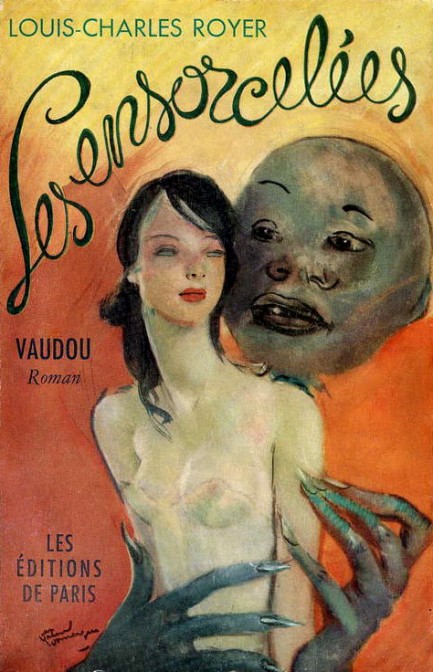 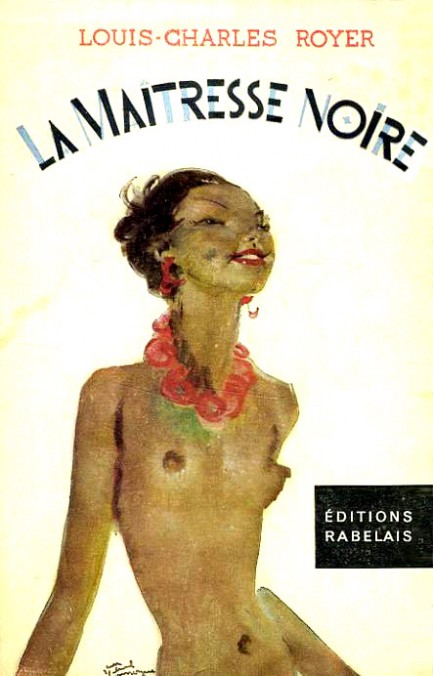 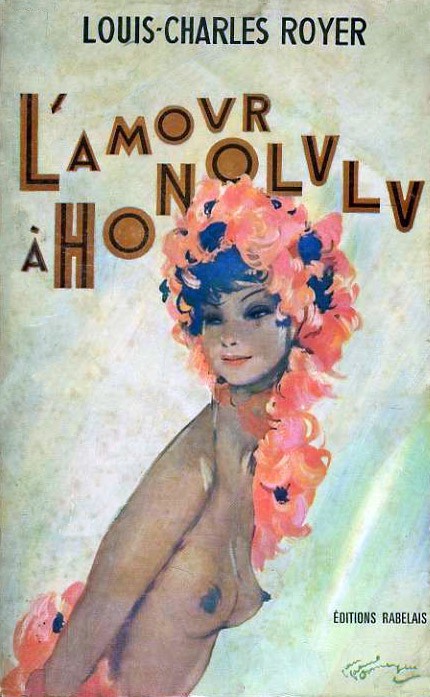 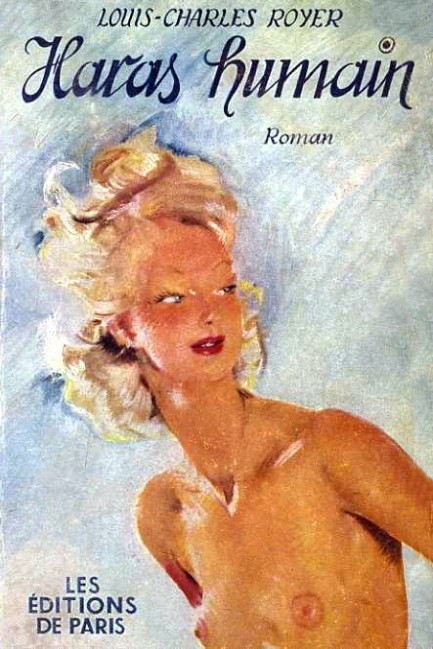
|
 |

The headlines that mattered yesteryear.
2003—Hope Dies
Film legend Bob Hope dies of pneumonia two months after celebrating his 100th birthday. 1945—Churchill Given the Sack
In spite of admiring Winston Churchill as a great wartime leader, Britons elect
Clement Attlee the nation's new prime minister in a sweeping victory for the Labour Party over the Conservatives. 1952—Evita Peron Dies
Eva Duarte de Peron, aka Evita, wife of the president of the Argentine Republic, dies from cancer at age 33. Evita had brought the working classes into a position of political power never witnessed before, but was hated by the nation's powerful military class. She is lain to rest in Milan, Italy in a secret grave under a nun's name, but is eventually returned to Argentina for reburial beside her husband in 1974. 1943—Mussolini Calls It Quits
Italian dictator Benito Mussolini steps down as head of the armed forces and the government. It soon becomes clear that Il Duce did not relinquish power voluntarily, but was forced to resign after former Fascist colleagues turned against him. He is later installed by Germany as leader of the Italian Social Republic in the north of the country, but is killed by partisans in 1945.
|

|
|

It's easy. We have an uploader that makes it a snap. Use it to submit your art, text, header, and subhead. Your post can be funny, serious, or anything in between, as long as it's vintage pulp. You'll get a byline and experience the fleeting pride of free authorship. We'll edit your post for typos, but the rest is up to you. Click here to give us your best shot.

|
|






















 rather by that age-old slur for African Americans. Nice, right? It pops up, we'd estimate, fifty times in a short book. And Mamie is even more racist-mouthed than the rest. Once she gains access to the tony districts of town, she plans to punch down on all these undesirables. And she's going to enjoy it, she makes clear. She's prostituted herself to gain status—why should she care about anyone who wasn't willing to sacrifice as she did?
rather by that age-old slur for African Americans. Nice, right? It pops up, we'd estimate, fifty times in a short book. And Mamie is even more racist-mouthed than the rest. Once she gains access to the tony districts of town, she plans to punch down on all these undesirables. And she's going to enjoy it, she makes clear. She's prostituted herself to gain status—why should she care about anyone who wasn't willing to sacrifice as she did?

 I really don't want to think about what I did in Honolulu.
I really don't want to think about what I did in Honolulu. But I want to think about it. I'm thinking about it right now. That's why I'm using a hat to cover my little missionary.
But I want to think about it. I'm thinking about it right now. That's why I'm using a hat to cover my little missionary. Sadie comes.
Sadie comes. And Sadie goes.
And Sadie goes.






















































































